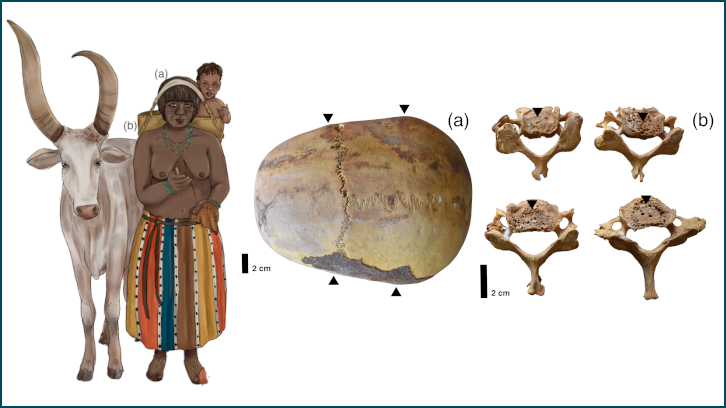Shedding light on the fight against antimicrobial-resistant bacteria

Scientists from the Institute of Materials Science of Barcelona (ICMAB-CSIC) and the Universitat Autònoma de Barcelona (UAB) have designed new light-activated molecules that could potentially eliminate antibiotic-resistant bacteria. These compounds, built from anionic boron clusters and BODIPY dyes, hold promise for safer antimicrobial treatments based on light.
Antibiotic resistance is a growing global health crisis that causes more than 35,000 deaths every year in the European Union. Conventional drugs are becoming less effective, prompting researchers to search for alternatives. One of the most promising is antimicrobial photodynamic therapy (aPDT), which uses light, oxygen, and special molecules called photosensitizers to generate reactive oxygen species capable of destroying microbes without promoting resistance.
Our UAB–ICMAB team developed three novel molecules (BDP-FES, BDP-COS, and BDP-B12) that merge the structural diversity of BODIPY dyes with the stability and amphiphilicity of boron clusters. When illuminated with green light, these compounds exhibit strong bactericidal activity against Gram-positive bacteria, including Staphylococcus aureus and Enterococcus faecium, responsible for many hard-to-treat infections in hospitals around the world. Strikingly, the BDP-B12 compound completely eradicated S. aureus at very low concentrations, all while remaining non-toxic under dark conditions.
Although the new photosensitizers were inactive against Gram-negative bacteria, likely due to their more complex cell walls, they represent an important step toward developing broad-spectrum, light-based disinfectants. The combination of boron clusters and BODIPY units also improves water solubility and photostability—two key properties for biomedical use.
This work bridges boron cluster chemistry and antimicrobial phototherapy, and opens the door to new strategies for controlling resistant infections through light‑activated molecules that are safe, targeted, and environmentally friendly.
The research, published in ACS Omega, involved the group of Prof. Isidre Gibert from the Institut de Biotecnologia i de Biomedicina (IBB), experts in microbiology; the group of Prof. Jordi Hernando from the Department of Chemistry specialists in organic chemistry and photophysics, both at the UAB; and the group led by Dr. Rosario Núñez at ICMAB‑CSIC, experts in boron cluster chemistry. The project received funding from the Spanish Ministry of Science, the Generalitat de Catalunya, and the European Union through a Marie Skłodowska‑Curie Postdoctoral Fellowship awarded to Dr. Javier Ordoñez.
Rosario Núñez
Inorganic Materials and Catalysis Laboratory (LMI)
Institut de Ciència de Materials de Barcelona (ICMAB-CSIC)
Esfera UAB
References
Javier Ordóñez-Hernández, Andromeda-Celeste Gómez, Jordi Hernando, Marina Quevedo, Juan Camilo Ortíz, Daniel Yero, Isidre Gibert, and Rosario Núñez, Anionic Boron-Cluster BODIPY Conjugates As Promising Photosensitizers for Targeted Antimicrobial Photodynamic Therapy, ACS Omega, 2025, 10, 44693−44705


